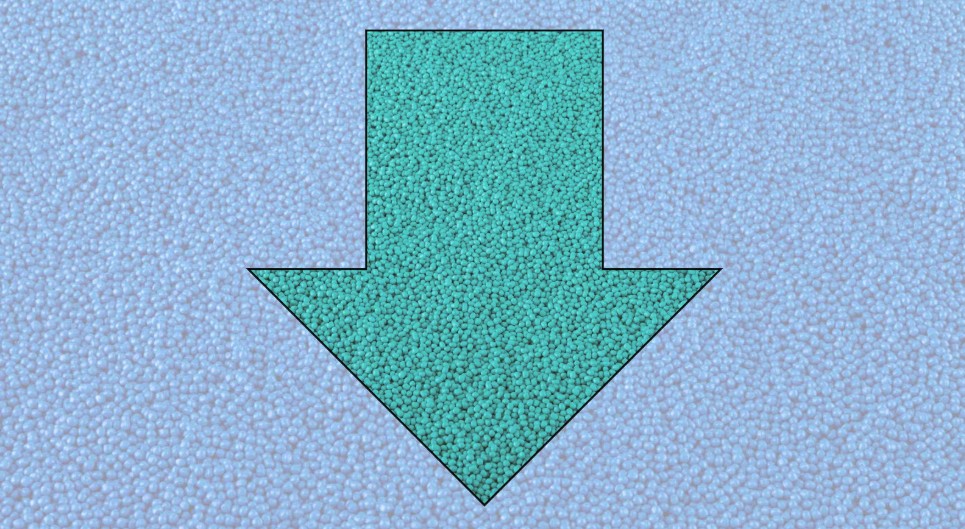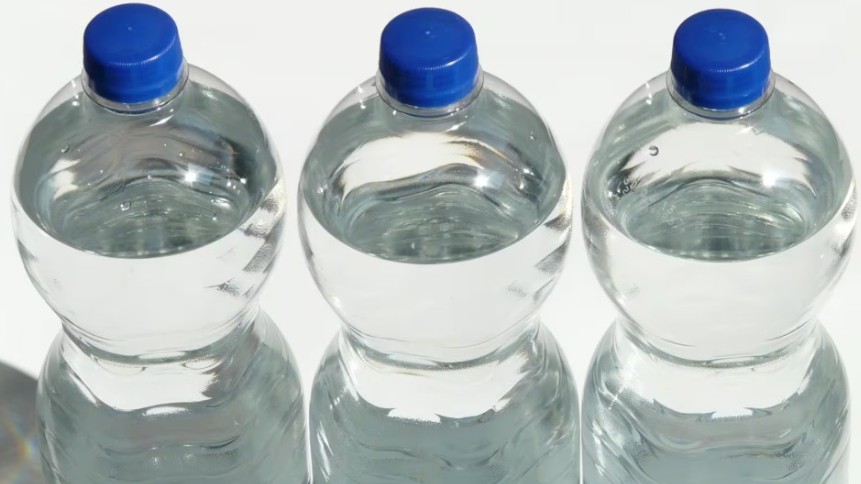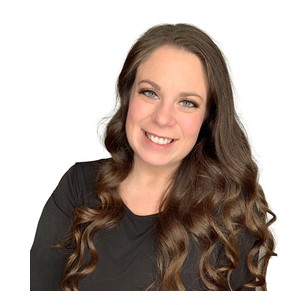Polypropylene prices hold steady in September, drop likely in October File photo Polypropylene resin prices stayed flat in North America in September after declining in the previous two months. But pricing for that material might be a different story in October, with market sources anticipating lower prices. Regional PP prices had dropped an average of 2 cents per pound in August after falling 1 cent in July. June prices had been up 0.5 cents. PP market prices continue to follow changes in polymer-grade propylene (PGP) feedstock. PGP supplies had been tight earlier in the summer, but improved in July and August as three PDH process units that make PGP increased their production rates. Those improvements made it more difficult for PP makers to maintain June price levels. North American PP inventories increased by almost 70 million pounds in August, as regional demand dropped by 1 percent, according to a market report from RTI Global. PGP prices could be considerably lower in October, according to an Oct. 9 report from PP supplier Blue Clover of New York. PGP prices already had dropped 6.25 cents between Sept. 24 and Oct. 9, according to the report, and aren't expected to improve. The PGP drop through Oct. 9 "is over a lot of volume," the report said. In the first eight days of October, 94 million pounds of PGP were traded on the spot market, almost equaling the 101 million pounds traded for all of September. "There is an avalanche of PGP available," the report said, adding the high volume is happening even with a maintenance turnaround for a PDH unit in the Gulf Coast reducing short-term PGP supplies. On the PP side, the report said PP makers "have worked diligently over the past six months to try as best they can to keep the market in balance," but the situation remains volatile. "Levers have included pulling back on [PP] operating rates, funneling material into export and being careful not to build inventories," the report added. "However, the incredible pullback in demand for PP and other PGP derivatives from convertors and compounders is impossible to contend with from the supply side." The report also said that China "continues to flood so many markets with PP that it absolutely crushes U.S. PP exports, which have been a historically important part of the demand profile." Counting previous increases and decreases, regional PP prices are down a net of 3.5 cents so far in 2025. * Source : https://www.plasticsnews.com/resin-pricing/north-american-polypropylene-prices-flat-september-october-drop-expected-pgp-floods
이명규 기자
2025-10-19




















